In the world of photography, there are two types of lighting: hard lighting vs. soft lighting. But what exactly is the difference between them?
This article will walk you through the differences between hard and soft lighting. Also, we will show you when and how to use each type to create the desired results.
What Is Hard Lighting?
Hard lighting illuminates an image, creating deep shadows and high contrast. In filmmaking, directors use hard lighting to create an ominous or foreboding atmosphere.
In photography, hard lighting can create lights from edgy and dramatic to playful and whimsical. It depends on how you position the natural light relative to your subject.
When the light is close to the subject, it creates strong shadows. When you take a photo of someone standing in front of a window light or barn doors, the light coming in from the window will create hard shadows on their face. The closer they are to the window, the stronger the dark shadows will be.
What Is the Best Way to Create Hard Light?
You can cast sharp shadows and highlights by setting up a single light point. Also, you can create depth and add a sense of drama to your shots. Here’s how to do it:
First, find your light source. A good hard light setup will use a powerful light source like the sun or strong artificial light. If you’re shooting indoors, position your subject near a window or use a reflector to get the same effect.
Next, position your subject so that the artificial lighting shines on them from the side. It will create dramatic shadows that can make your subjects pop.
Finally, take advantage of the direction of the light to create depth in your shot.
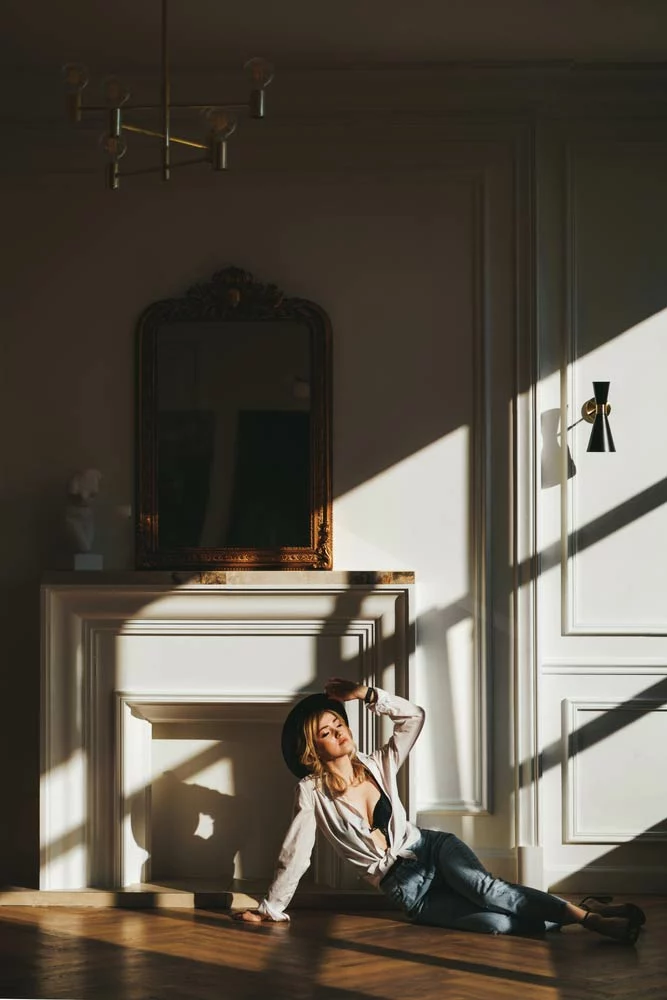
Shooting indoors using hard lighting
Advantages and Disadvantages of Hard Light
Hard light can be both a blessing and a curse. On the one hand, it can create some stunning images with harsh light and high contrast. Also, it can help stress a scene’s mood and create interesting shadow patterns.
But, hard light can be very unforgiving, accentuating any imperfections in your subject. Also, it tends to create a feeling of harshness, which may not be desirable in all situations.
Finally, the distinct shadows you create by hard light can be tricky to work with. It requires a high degree of precision to get the desired effect.
What Is Soft Lighting?
You can soften the light to create a certain mood or atmosphere. It is soft lighting.
Soft shadows happen when you diffuse or scatter light. You can do this with special light bulbs with a frosted glass cover. Also, you can use a fabric screen or other material to diffuse the light to dark or by reflecting light off of a surface.
Soft lighting creates a romantic or mysterious atmosphere in movies and TV shows. The transition from light to dark in photography creates beautiful, ethereal, flattering images.
How can I get or generate soft light?
First, use a diffuser. Position the diffuser between your light source and the subject. This way, you can create softer, more flattering light.
Another way is by using reflectors. Reflectors come in all shapes and sizes, but they all serve the same purpose. They bounce light back onto your subject. Then you can fill in shadows and soften harsh lines.
Finally, you can move your light source further away from your subject. The further away the light is, the softer it will be.
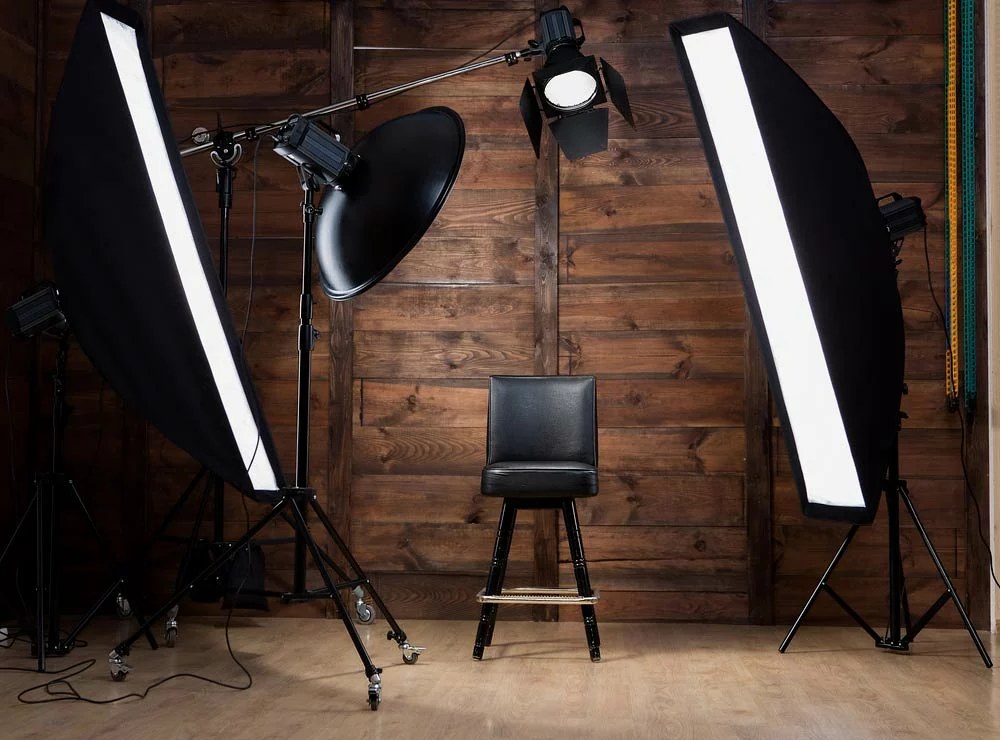
Lighting setup
Advantages and disadvantages of soft light
Softer lighting is common among portrait photographers. Yet, there are some trade-offs to consider. Let’s take a closer look at the pros and cons of this transition between light and dark:
Pros:
- It is very beautiful. It has a gentle, ethereal quality that can make even the plainest subjects look lovely.
- It can be very forgiving. The imperfections of skin imperfections or wrinkles in clothes will be much less noticeable in soft light.
- Reduce the noticeability of imperfections in your photos too. If your photos are a bit blurry or have other flaws, they’ll be much less obvious in soft light.
Cons:
- Soft light isn’t the best choice if you’re looking for drama, intensity, or tension in your photos. It can make things look a bit too perfect and serene.
- There’s also less contrast in soft light than in harsher light, so that details can get lost.
- It can be a bit trickier to work with than other kinds of light. You might need to experiment a bit to get the results you want.
What Affects Making Soft or Hard Light?
Two main characteristics determine whether the light will be soft or hard. The first is the closeness of the light to the subject. The light has a greater chance of wrapping around the subject. Thus, creating less harsh shadows.
The second factor is the size of the light source. A large light source, such as the sun, will create softer light than a small one, like a flashlight. The larger source emits more photons. As a result, the shadows are less defined.
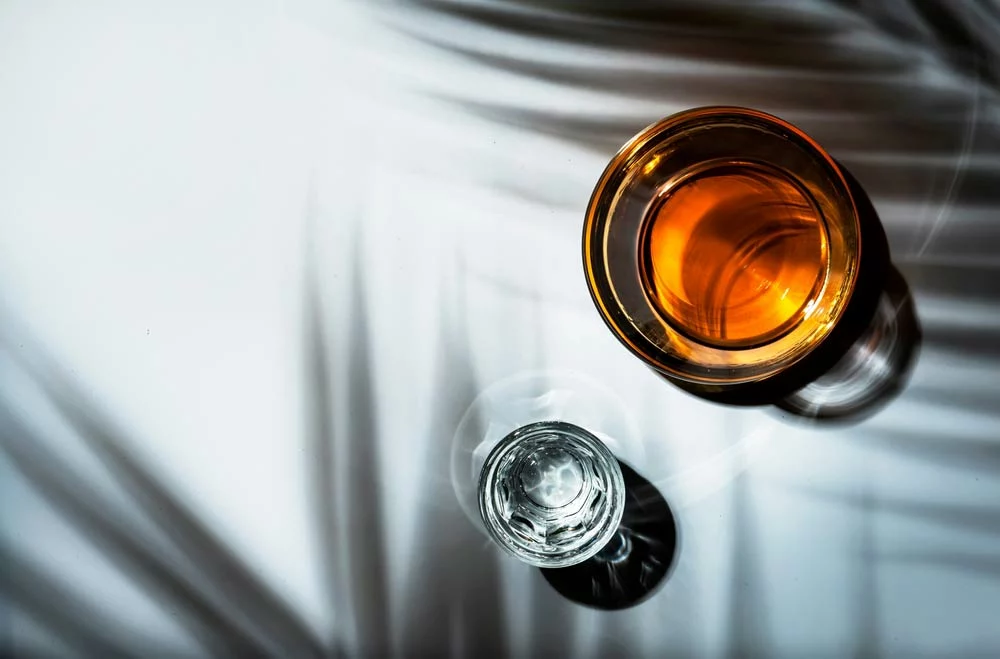
Hard light and harsh shadows
What Is the Best Time to Use Hard Lighting vs. Soft Lighting?
What Is the Best Situation to Use Hard Light?
Here are a few general guidelines.
First, you can use harder lighting when there’s a strong contrast between light and dark areas. It can help create a more dramatic effect and be useful for emphasizing texture.
Second, hard light can create sharp shadows. It can help make an object stand out from its background.
Finally, hard light sometimes looks more interesting than soft light. So if you’re going for a more artsy or experimental look, don’t be afraid to use different light sources.
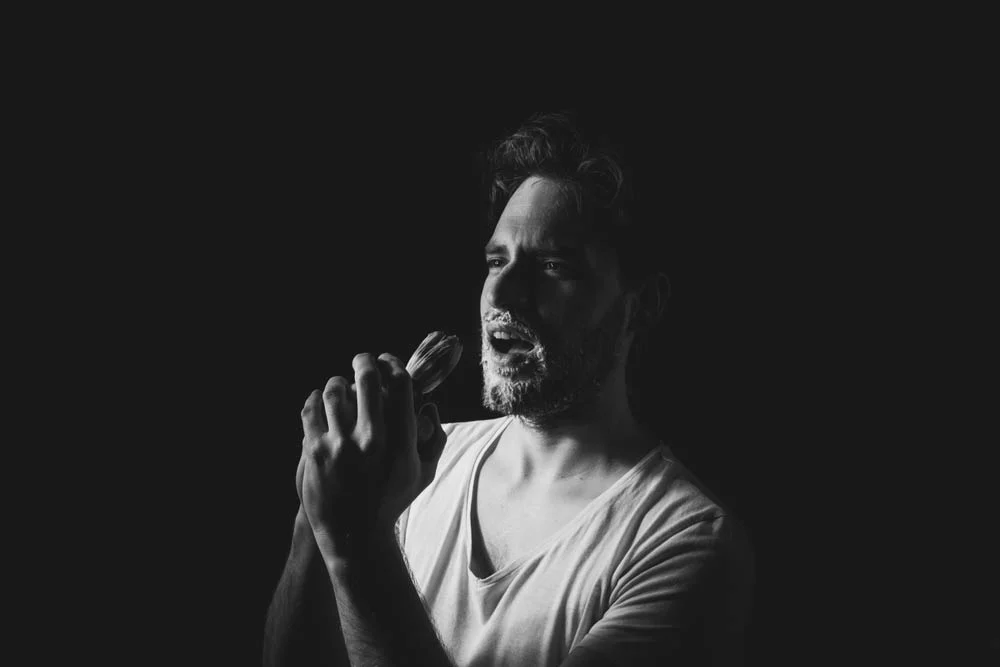
Using black and white to emphasize the contrast in photos
What Is the Best Situation to Use Soft Light?
Here are some general guidelines:
First, soft continuous light is often used for portraits. It can help to smooth out imperfections in the skin and can also make wrinkles less noticeable.
Second, soft light can create a more romantic or dreamy look. It’s often used in wedding photography for this reason.
Third, soft light can help reduce the contrast in a scene. It can be useful if you want to show more details in your photos. Also, if you’re shooting in harsh sunlight and want to avoid blown-out highlights.
Finally, soft light is sometimes used because it’s more pleasant than hard light. For example, when taking pictures of a beautiful landscape, you can use soft light to create a serene and peaceful atmosphere.
Using Tips for Hard Lighting vs. Soft Lighting
Using Tips for Hard Lighting
Here are a few tips that might help you get the results you want:
1. Use a flash. It will help to add fill light and reduce the chances of blowing out your highlights.
2. Go for the shadows. Try using backlighting or side lighting to create interesting shadows.
3. Convert to black and white. It can help emphasize the contrast in your photo.
4. Use the “Gobo Effect.” When you use an object to block part of the light, create a mottled effect.
5. Set your subject off from the background. You can do this by using a shallow depth of field or by placing your subject in front of lighting equipment.
6. Use a black background. It will help make your subject pop and create a more dramatic effect.
7. Watch your shadows. Be sure to watch out for harsh shadows that can ruin your photo.
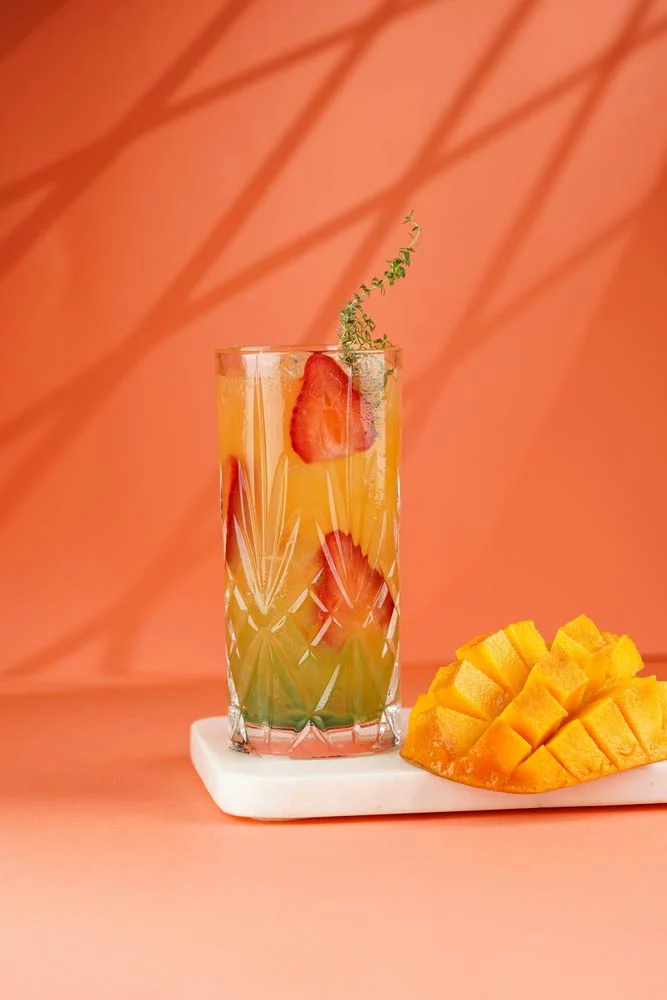
A photo of a glass using the gobo mask effect
Using Tips for Soft Lighting
Here are a few tips to help you get the results you want:
- Outside, avoid the unimpeded noon sun. Instead, look for a shady spot or wait until the late afternoon when the light is softer.
- Inside, invest in a softbox or umbrella. It will help create that perfect gentle shadows and soft edges.
- Don’t forget about diffusion gels. Diffusion material like tissue paper or a sheer curtain can soften the light more.
How Can I Switch the Scene Lighting from Hard to Soft Light?
Diffusing light is one of the most popular ways to soften it. A diffuser panel spreads the light, resulting in a gentler and more attractive output. People use diffusers because they cut shadows, which makes them excellent for portraiture and close-up shots.
Another popular way is to use reflectors. They work by bouncing light back onto the subject, filling in any harsh shadows. Reflectors can be with or without a diffuser, depending on the desired effect.
Also, there are many other ways to change hard light to soft light. For example, using umbrellas or shooting at twilight.
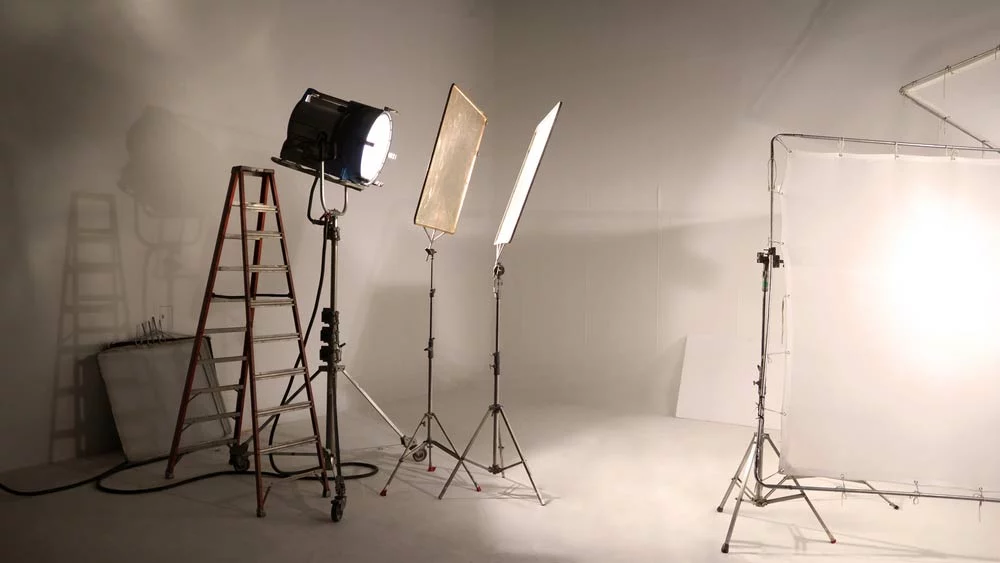
light setup includes softbox or transparent paper
Mix Hard Light and Soft Light at the Same Time
The key is to understand how each type of light behaves. Also, how it will interact with the other light sources in the scene.
Hard light tends to be very direct and creates strong shadows. Yet, soft light is more diffuse and creates a softer, more even illumination.
Is Using Hard Light Better Than Using Soft Light? Or Vice Versa?
Of course, it depends on the project you’re working on. Each type of lighting has its own strengths and weaknesses. Also, the best types of light for a particular situation will depend on the specific needs of the shot. When in doubt, use soft light because it’s more flattering and can bring out better colors.
Summary
See? It’s not hard to understand the difference between hard and soft light. By keeping these few key points in mind, you’ll be able to choose the perfect light for any situation.
We hope you found this article helpful. If you have any questions, please feel free to contact us.
